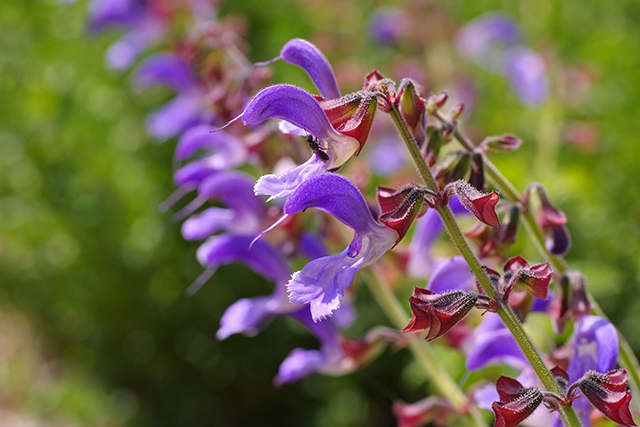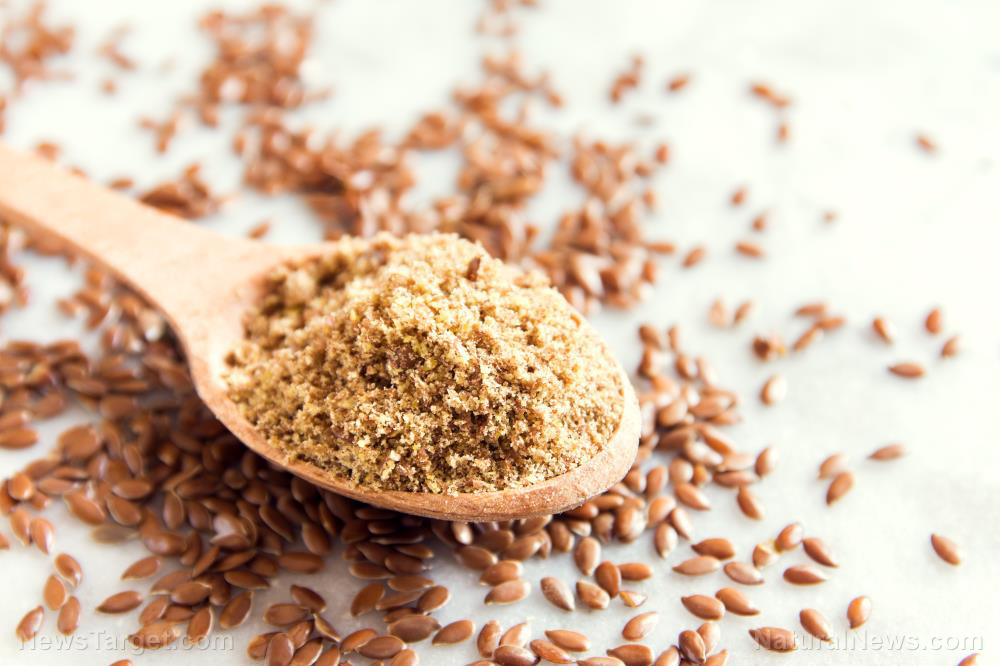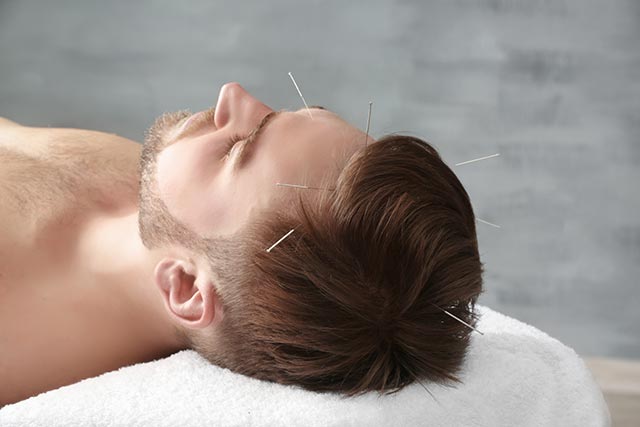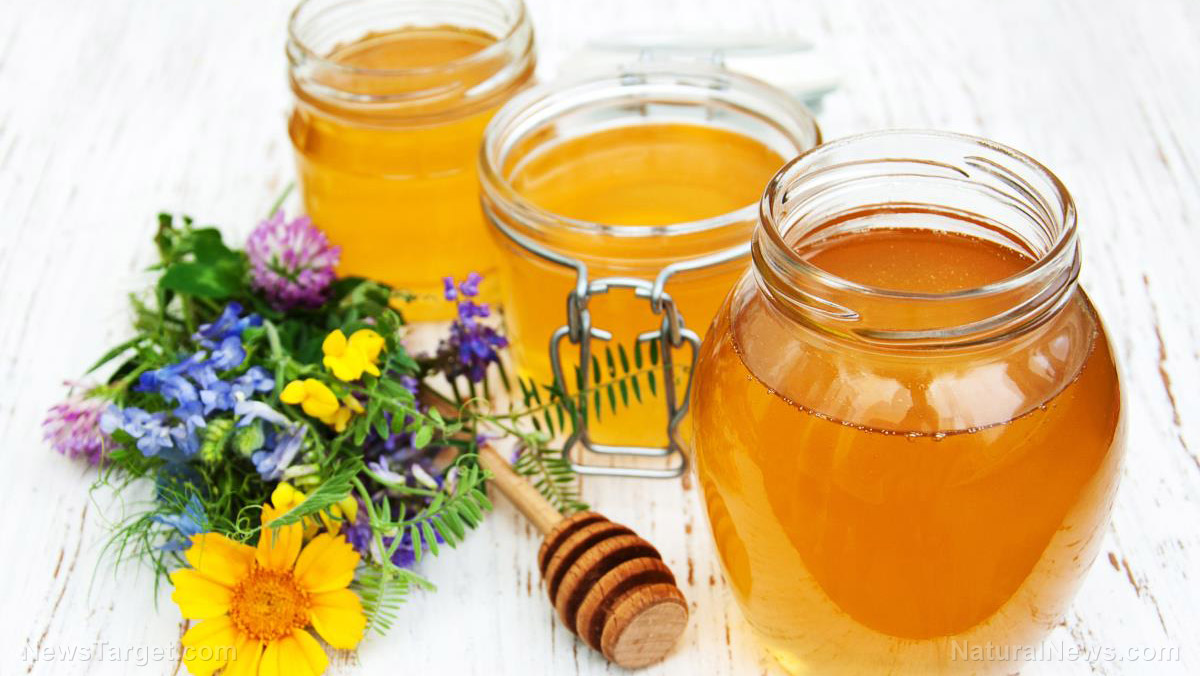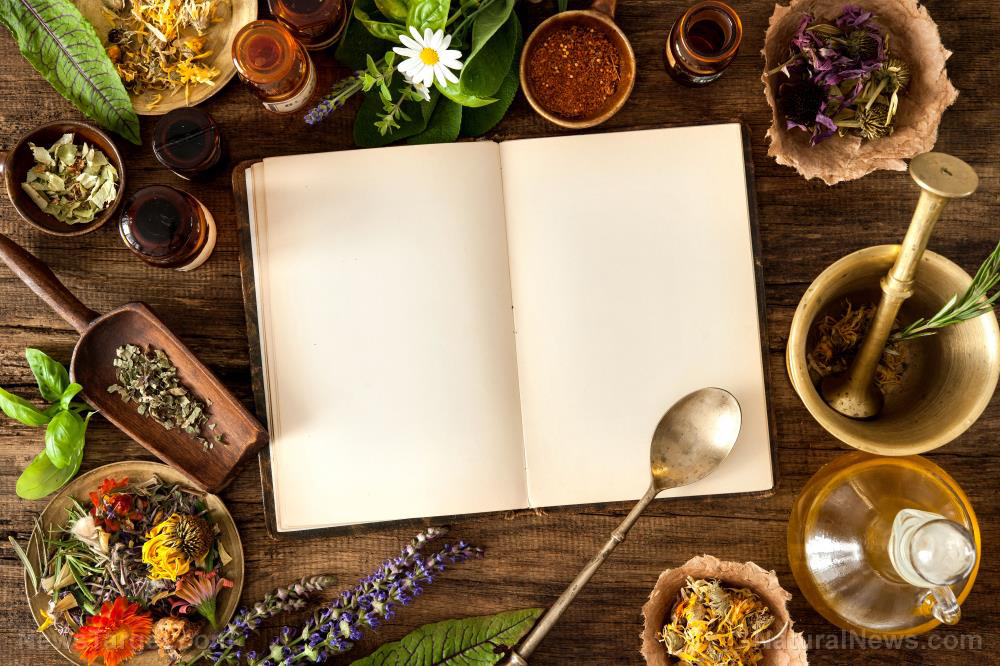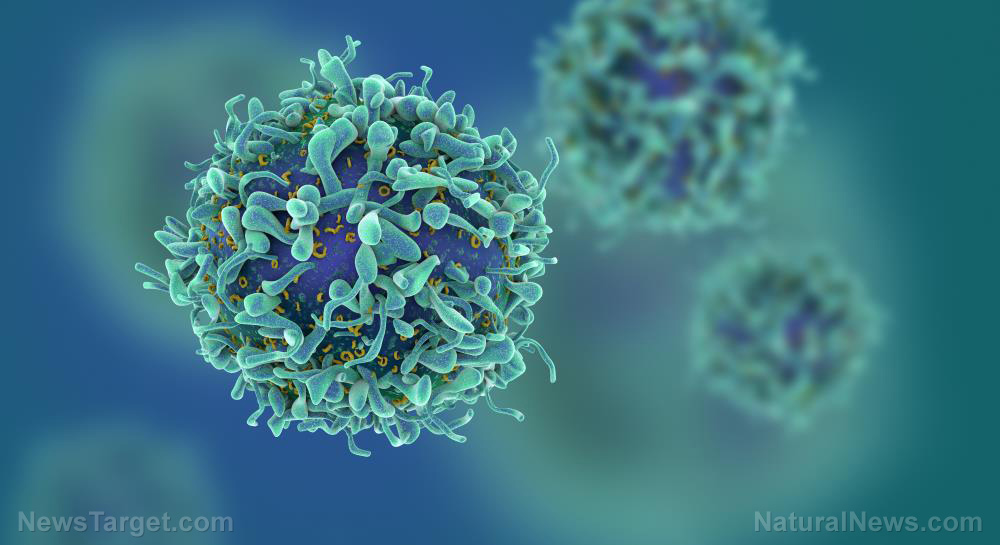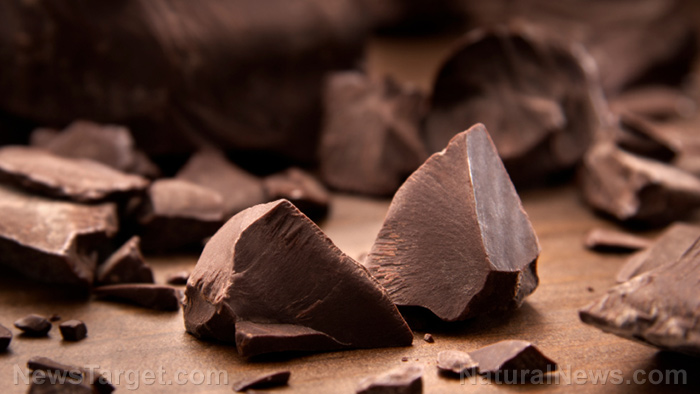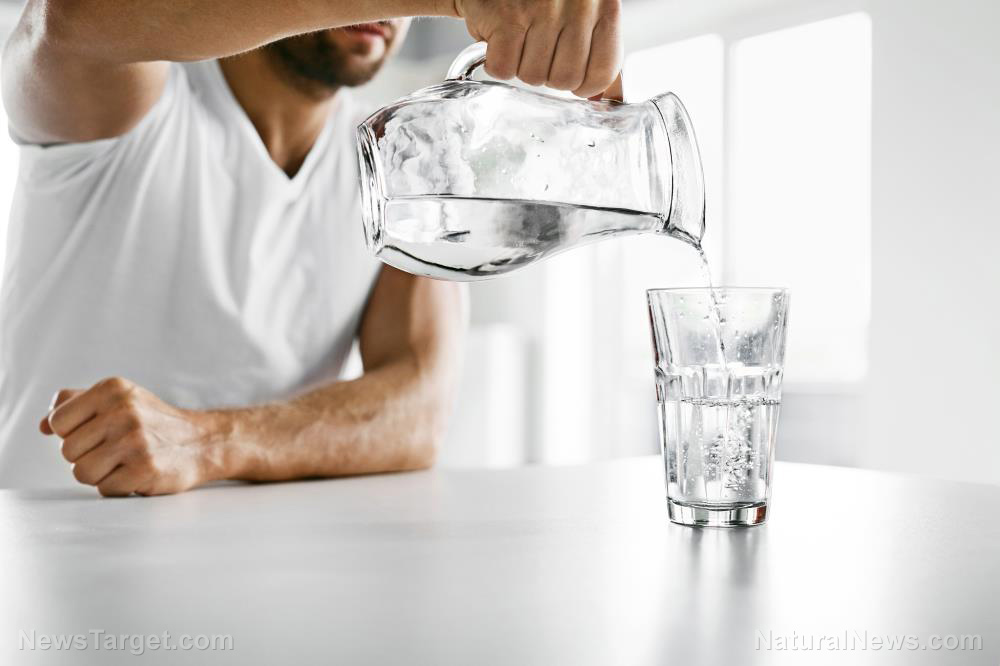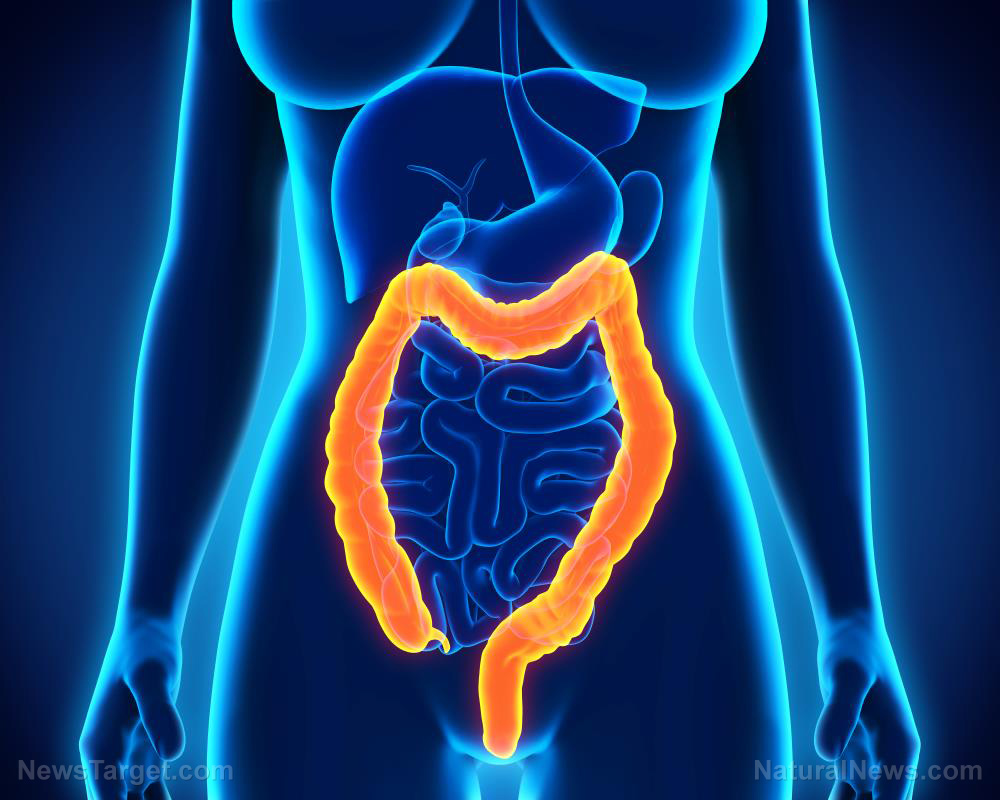Aloe vera, apple cider vinegar and more: 12 Natural remedies for poison ivy
10/21/2019 / By Zoey Sky
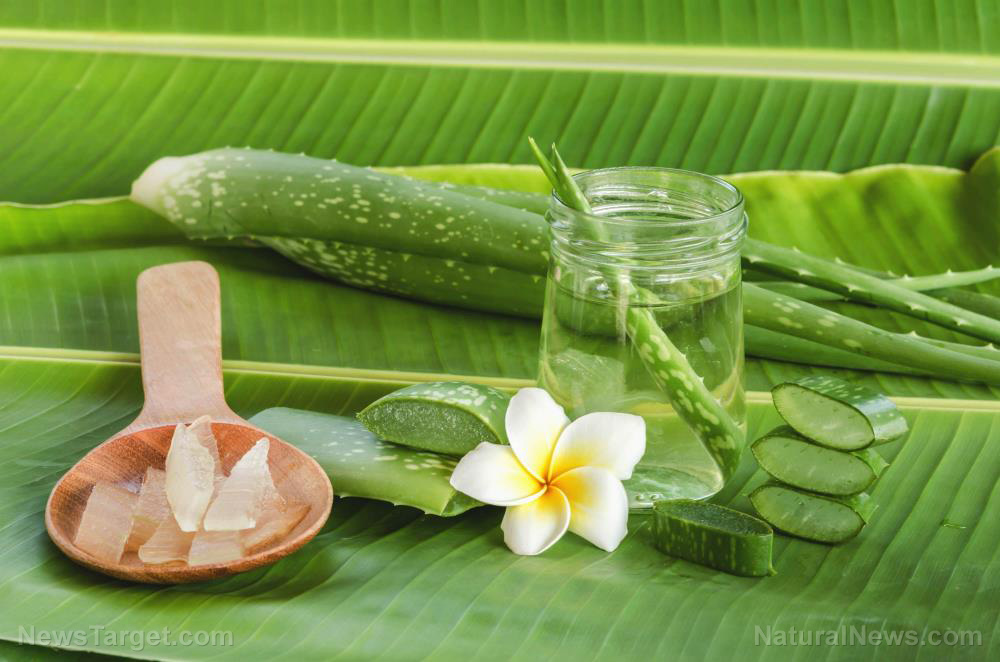
According to the American Skin Association, allergic reactions caused by poison ivy and similar plants affect a whopping 50 million people in America annually. If you’re suffering from poison ivy rash, use natural remedies like aloe vera or oatmeal to relieve your condition. (h/t to HomesteadSurvivalSite.com)
The leaves, stems, and roots of poison ivy all contain an oily resin called urushiol, which can easily attach to skin, clothing, and tools, even pet fur.
Coming into direct or indirect contact with urushiol causes a form of contact dermatitis (rashes) that may be mild or severe, depending on your sensitivity and how much resin gets on your skin.
Prevention tips
Poison ivy rash usually appears 12 hours after you come into contact with the plant, but it can also take several days to fully develop. The best way to avoid getting this rash is to learn how to recognize poison ivy so you can avoid it when you’re outdoors.
There are two types of poison ivy common in outdoor wooded areas:
- Eastern poison ivy can be found in the Eastern and Midwestern regions of America. This plant often grows on the ground or climbs up tree trunks like a vine. It can also grow as a shrub-like plant.
- Western poison ivy looks similar to its Eastern counterpart, but the former only grows on the ground.
Poison ivy leaves have notched tips that have either notched or smooth edges. The plant is reddish in the spring but turns green in summer and yellowish-orange in autumn. Poison ivy sometimes bears green-tinged white berries and yellow-green flowers during warm months.

|
Discover how to prevent and reverse heart disease (and other cardio related events) with this free ebook: Written by popular Natural News writer Vicki Batt, this book includes everything you need to know about preventing heart disease, reversing hypertension, and nurturing your cardiac health without medication. Learn More. |
Another way to avoid getting poison ivy rash is to wear protective clothing like gloves, long-sleeved shirts, long pants, and closed shoes when hiking or working in wooded areas.
In case you come into contact with poison ivy, immediately wash your skin with soap and water. This can help minimize your chances of getting a rash. Do not use hot water because it may irritate your skin. (Related: The survivalist’s simple guide to poison ivy: What it is and what to do if you’ve touched it.)
Urushiol can remain potent for years. This means that if you forget to wash a jacket with urushiol oil on it, you can still get a rash from it a year later.
Home remedies for poison ivy rash
Poison ivy rash is very itchy. If you develop this rash, wear light cotton gloves to bed. This will help prevent any problems that can come from scratching your rash in your sleep.
You can also use natural remedies to control the itching and speed up the healing of your rash, like the ones listed below.
Homemade calamine lotion
Calamine lotion is great for relieving skin irritation and itchiness caused by many things.
To make calamine lotion, follow this simple recipe. You can find all the ingredients you need at your local health food store.
Ingredients:
- 1/4 cup zinc oxide
- 1/4 cup water
- 4 teaspoons (tsp) baking soda
- 4 tsp bentonite clay
- 1/2 tsp glycerin
- 1/2 tsp iron oxide
- 3 to 5 drops of camphor, lavender, peppermint, tea tree, or any antibacterial essential oil that you prefer
Steps:
- Combine all the ingredients in a bowl, then whisk until smooth.
- Pour into a bottle or jar with a lid, then store in the refrigerator for at least two weeks.
Aloe vera gel
Fresh aloe vera gel helps soothe the pain and irritation caused by poison ivy.
Get fresh aloe vera gel by carefully splitting open the leaf of an aloe plant. Apply the clear gel directly on the affected area to promote healing.
Apple cider vinegar
Apple cider vinegar helps remove toxins from the skin.
Soak a cotton pad in a teaspoon of apple cider vinegar then apply the cotton directly to the rash. Reapply as needed.
Banana peels
Banana peels have anti-inflammatory, antiseptic, and cooling properties. Rub the inside of a banana peel on the rash to relieve pain and itchiness.
Cucumber slices
Slice cucumber, then apply the pieces directly to the rash for about 15 minutes. Alternatively, you can make a cucumber paste to cover the affected area.
Potato paste
Make potato paste by placing slices of raw potato in a blender or food processor.
Apply the paste directly on your skin, then cover with plastic wrap to prevent the paste from spreading. Starch from the potato can dry the skin and reduce itching.
Tea bags
Steep green or herbal tea bags for several minutes, then let them cool. Apply the cooled bags to your rashes for 15 minutes.
Turmeric paste
Make a paste with turmeric and lemon juice to help blisters dry out and promote faster healing.
Apply the paste to the affected area for 15 minutes, then gently wipe off. The yellow stain from turmeric will eventually fade.
Baking soda bath
Add half a cup of baking soda to warm bathwater. Soak in the tub to relieve your symptoms.
Epsom salt or Himalayan crystal salt bath
These salts help dry out blisters and promote healing.
Add two cups of Epsom salt or a cup of Himalayan crystal salt to warm bathwater. Soak in the tub for at least 20 minutes.
Oatmeal bath
This home remedy soothes rashes and helps draw out toxins. Grind a cup of oatmeal in a blender to make a fine powder. Put the powder in cheesecloth or a clean nylon stocking.
Form a pouch by knotting the end, then tie the bag around the bathtub faucet to keep it under the running water. Fill the tub with warm water, then soak in the oatmeal bath for 20 to 30 minutes.
Try these home remedies to relieve itchy and painful rashes caused by poison ivy.
Sources include:
Tagged Under: allergies, aloe vera gel, alternative medicine, apple cider vinegar, Baking Soda, banana peels, bug out, calamine lotion, epsom salt, healing, Herbs, Himalayan crystal salt, how-to, natural cures, natural health, natural medicine, oatmeal, off grid, poison ivy, poison ivy rash, potato paste, preparedness, prepper, prepping, prevention, rashes, remedies, skin allergies, Skin Irritation, skin itching, survival, Survival Tips, tea bags, turmeric paste, urushiol
RECENT NEWS & ARTICLES
Natural.News is a fact-based public education website published by Natural News Features, LLC.
All content copyright © 2018 by Natural News Features, LLC.
Contact Us with Tips or Corrections
All trademarks, registered trademarks and servicemarks mentioned on this site are the property of their respective owners.

